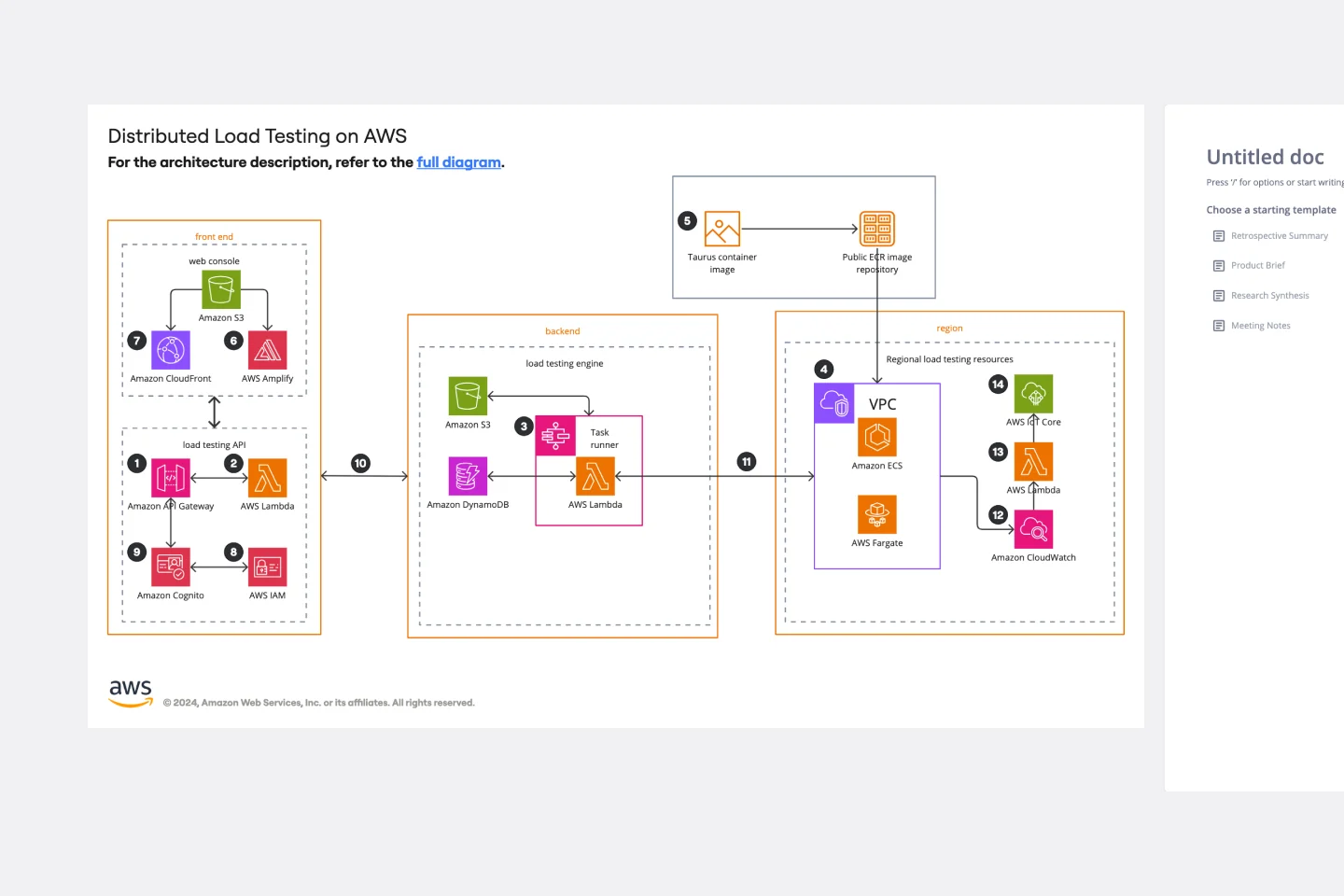About the Cross-Account EC2 Status Monitoring for HPC Clusters
The Cross-Account EC2 Status Monitoring for HPC Clusters Template is an invaluable tool for administrators managing High-Performance Computing (HPC) clusters across multiple AWS accounts. It offers a centralized dashboard for monitoring the status, health, and performance of EC2 instances, ensuring optimal operation of HPC clusters. This template is designed for flexibility, allowing customization to meet the specific needs of various HPC cluster configurations.
How to use the Cross-Account EC2 Status Monitoring for HPC Clusters Template
Configuration: Customize the template settings according to your HPC cluster's architecture. This involves selecting EC2 instances for monitoring, defining thresholds for health and performance metrics, and setting up notification alerts.
Monitoring and analysis: With the template configured, you can monitor the EC2 instances' status across all linked AWS accounts in real-time. The dashboard provides immediate data for identifying potential issues.
Maintenance and optimization: Use the insights from the template to perform routine maintenance and optimization of your HPC clusters. This proactive approach helps maintain high performance and minimize downtime.
Why use the Cross-Account EC2 Status Monitoring for HPC Clusters Template
Today's complex cloud environments make it challenging to manage High-Performance Computing (HPC) clusters across multiple AWS accounts. The Cross-Account EC2 Status Monitoring for HPC Clusters Template simplifies this task by providing a centralized solution for monitoring the health and performance of EC2 instances. This template aims to enhance visibility, improve efficiency, offer customization and flexibility, and enable proactive management of HPC clusters. By using this template, administrators can ensure that their HPC clusters operate at optimal efficiency, reducing downtime and maintaining high performance.
Enhanced visibility: Achieve a comprehensive view of your EC2 instances across multiple AWS accounts from a single dashboard.
Improved efficiency: Quickly identify and resolve issues to reduce downtime and ensure your HPC clusters run efficiently.
Customization and flexibility: Adapt the template to suit the unique requirements of your HPC clusters, regardless of size or complexity.
Proactive management: Leverage detailed analytics for proactive maintenance, optimizing your clusters for high performance.
This template is essential for managing HPC clusters in complex, multi-account AWS environments, providing enhanced visibility, efficiency, customization, and proactive management capabilities.


